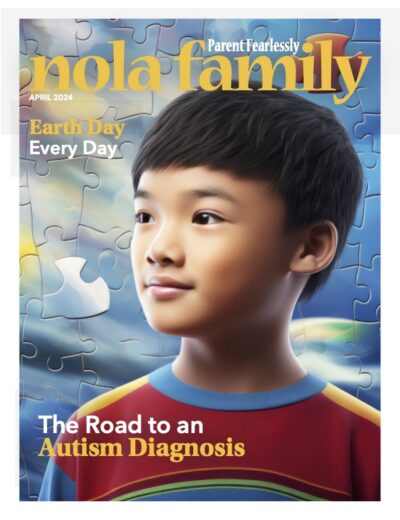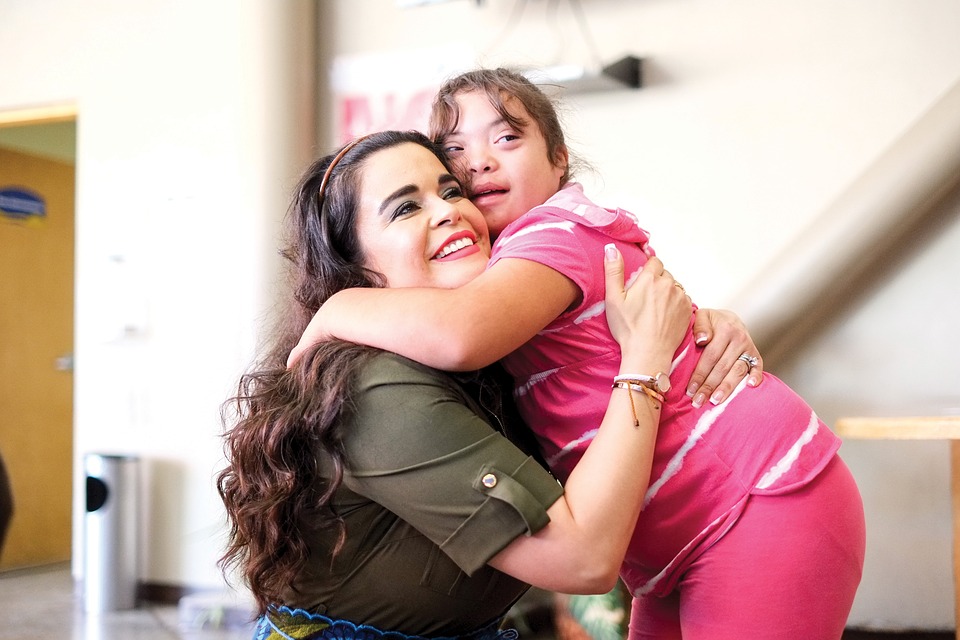
The Big IDEA With SPED
September 5, 2019
“Parents must educate themselves so they can adequately advocate for their children’s needs.”
Special education doesn’t mean a student is isolated or ignored — quite the opposite, actually.
There was a time, not so long ago, when children with special needs were hidden away and isolated. Nowadays, a child who is blind or autistic is expected to go to school. With individualized learning plans, specialized instructions, and other accommodations, these children are successfully learning with all the other children in their communities.
What facilitates this success is Special Education or SPED. Its policies and curriculums make it possible for a child to achieve academic success despite their disability. More than 6.8 million children ages 3 to 21 use these and related services each year in the U.S.
It’s important to note that if a child is taking advantage of a SPED’s opportunity, it does not necessarily imply that that child’s cognitive abilities are poor. In many cases, very intelligent children receive services to help them better handle the school environment.
SPED Values
“His mother was a huge advocate for him.”
In 1997, the Individuals with Disabilities Education Act, an amendment to a previous law that established a right to public education for all children, required public schools to provide individualized or special education for children with qualifying disabilities at no cost to parents.
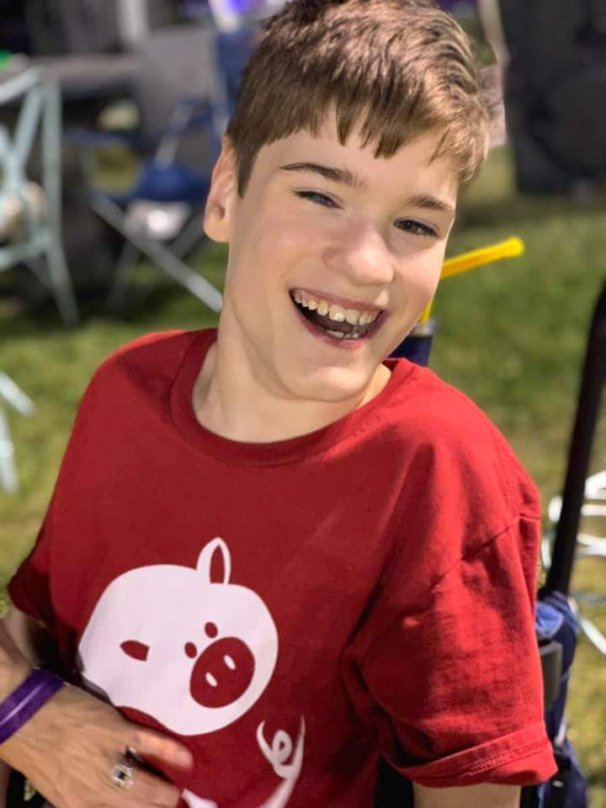
“Diverse populations are an incredible asset,” says Paul Thomas Bole with the University of New Orleans’ Department of Curriculum, Instruction, and Special Education. “We all have a special value. When communities proactively educate all residents, then the outcomes enrich the individual and their family, and benefits the wider community. Especially when education policy matches the needs of the community. To do otherwise is to unjustly create a so-called second class citizen.”
Children with disabilities are eligible for special education and related services when they meet IDEA’s definition of a “child with a disability” after a full, individual evaluation by the school. That definition could run from ADHD or autism to hearing impairment or a traumatic brain injury
A referral for your child’s evaluation can come from the parent, a teacher, or other school personnel. And don’t worry that getting an evaluation will put your child in the line of fire for bullying.
“Avoiding an evaluation may not mean that your child steers clear of the unwanted attention,” says Kelly Encalarde, a third grade SPED specialist at Bricolage Academy in the Treme neighborhood. “Kids with learning and attention issues who haven’t been evaluated sometimes act up in school out of frustration because they’re not getting the resources they need.”
Aidan Friedrich is 12 years old and has cerebral palsy and a detached retina in his right eye. His parents, Kira and Jason Friedrich, say he was fortunate to start receiving SPED services through the Early Steps program just a few months after he was discharged from the hospital’s neonatal intensive care unit. Currently, the responsibility for his support services are being delivered by Morris Jeff Community School.
Aidan’s parents believe that in the first days, and as one goes through the SPED system, it is important to partner with your child’s medical and behavioral team to understand their diagnosis or, in some cases, diagnoses.
“Don’t hesitate to ask questions, call in between appointments, and share your observations,” says Mrs. Friedrich. “Learn the names of everyone who works in the office and cultivate a respectful relationship. And don’t be afraid to get a second opinion — ever.”
Encalarde agrees that a child’s success depends on teamwork.
“In my first year of teaching, I had a boy in the sixth grade with cerebral palsy and an intellectual disability,” she says. “His mom told me at his previous school they just watched movies all day. He didn’t know letters or numbers. That’s where we started with him. We also taught him functional skills such as grasping his toothbrush. His mother was a huge advocate for him. She always took his flashcards with her when the school had a long break and continued all the work we were doing at school at home.”
What is SPED?
“…while accommodations could be as simple as moving a student with ADHD away from the pencil sharpener.”
Special education refers to education for students who may require additional support to be successful students in a general education classroom. Special education also refers to education for those students who will not be able to compete in a general education classroom setting.

A student might attend his or her regular classes, but will be called out of the classroom to receive needed services. Or, students with ongoing disabilities, such as autism, may work with a special aide in the classroom so that all work can be mainstreamed, or some may be in a self-contained classroom.
A child’s Individualized Education Plan (IEP), a course of action designed specifically for the student, is created through a team effort and reviewed once a year. A combination of the parents, the student, a parent advocate, school counselors, administrators, and teachers meet to establish the IEP, which includes the student’s current academic level, any services provided by the district, how progress is measured, and a list of accommodations and modifications to the classroom environment. Once the parents provide written permission, each school representative signs off on the IEP, legally agreeing to and promising to follow the plan.
Services could include speech-language pathology, audiology services, physical and occupational therapy, and social work services, while accommodations could be as simple as moving a student with ADHD away from the pencil sharpener.
Also, IDEA states that private school students do not have the same legal rights to special education services as public and charter school students. However, most New Orleans area private schools do offer SPED services.
Community Connecting
“Be real, be honest, and allow yourself to be vulnerable.”
Mr. Friedrich says it’s critically important to know your rights and your resources.
“Families Helping Families, a non-profit resource center has in-person, online, and printable resources,” he says. “Online communities are an incredible resource of information and can connect people to treatment options in other geographic areas that might not be known in your area.”
The Friedrichs, Encalarde, and Bole all agree on this: Parents must educate themselves so they can adequately advocate for their children’s needs. Parents and caregivers cannot assume the school is always and deliberately doing the right thing.
And lastly, Mrs. Friedrich suggests that it’s beneficial to one’s mental health to connect with other parents.
“Be real, be honest, and allow yourself to be vulnerable,” she says. “Seek solutions, but also seek parents that will let you vent or cry or freak out for a little bit when things seem insurmountable.”
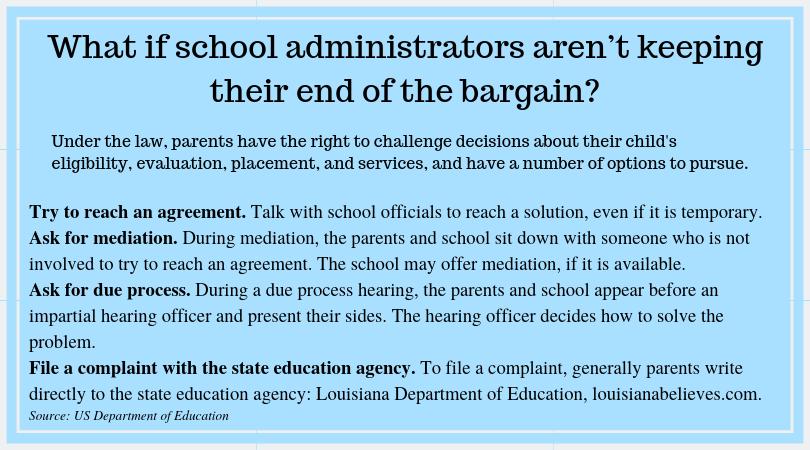
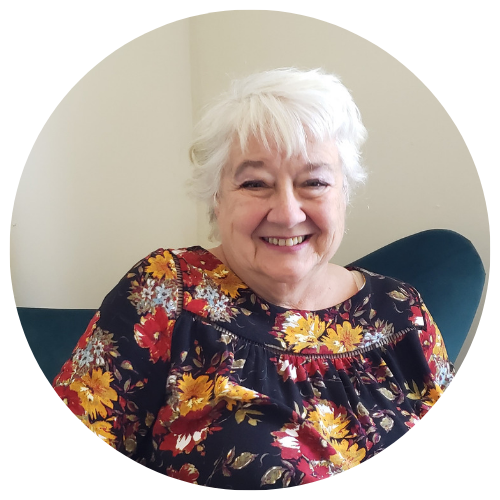 Pamela Marquis has lived in New Orleans for more than 40 years. She is a freelance writer and holds a master’s in social work from the University of Missouri.
Pamela Marquis has lived in New Orleans for more than 40 years. She is a freelance writer and holds a master’s in social work from the University of Missouri.
Also check out “Challenges Facing Siblings of Special Needs Kids.”

